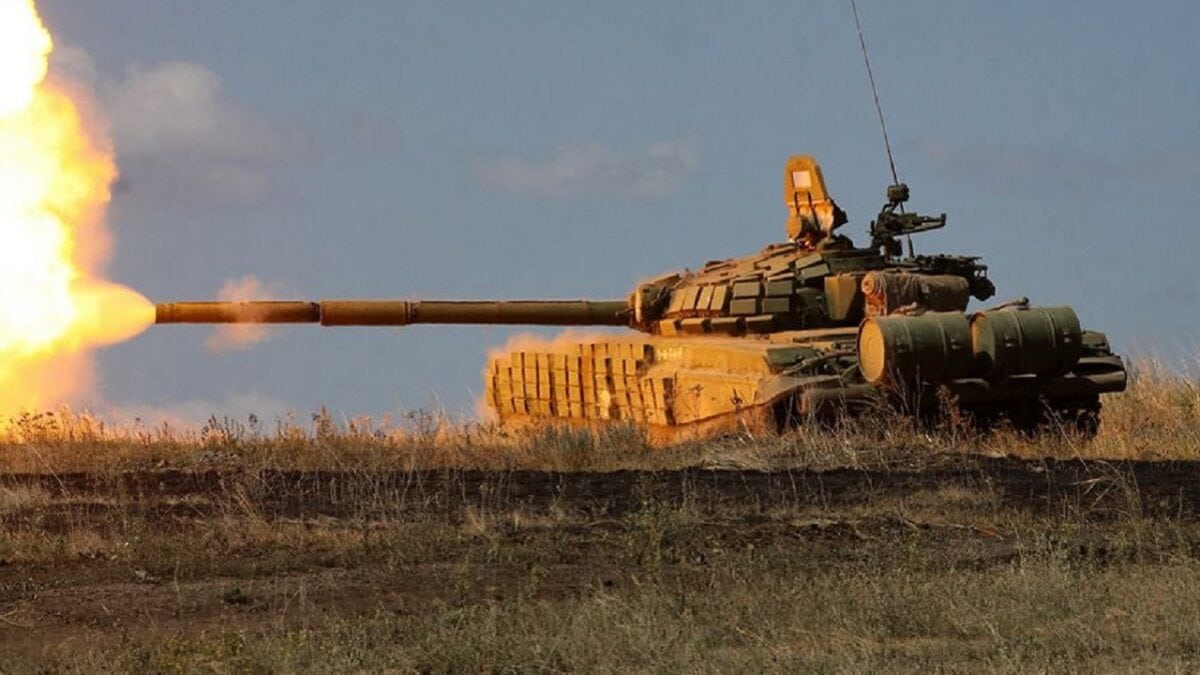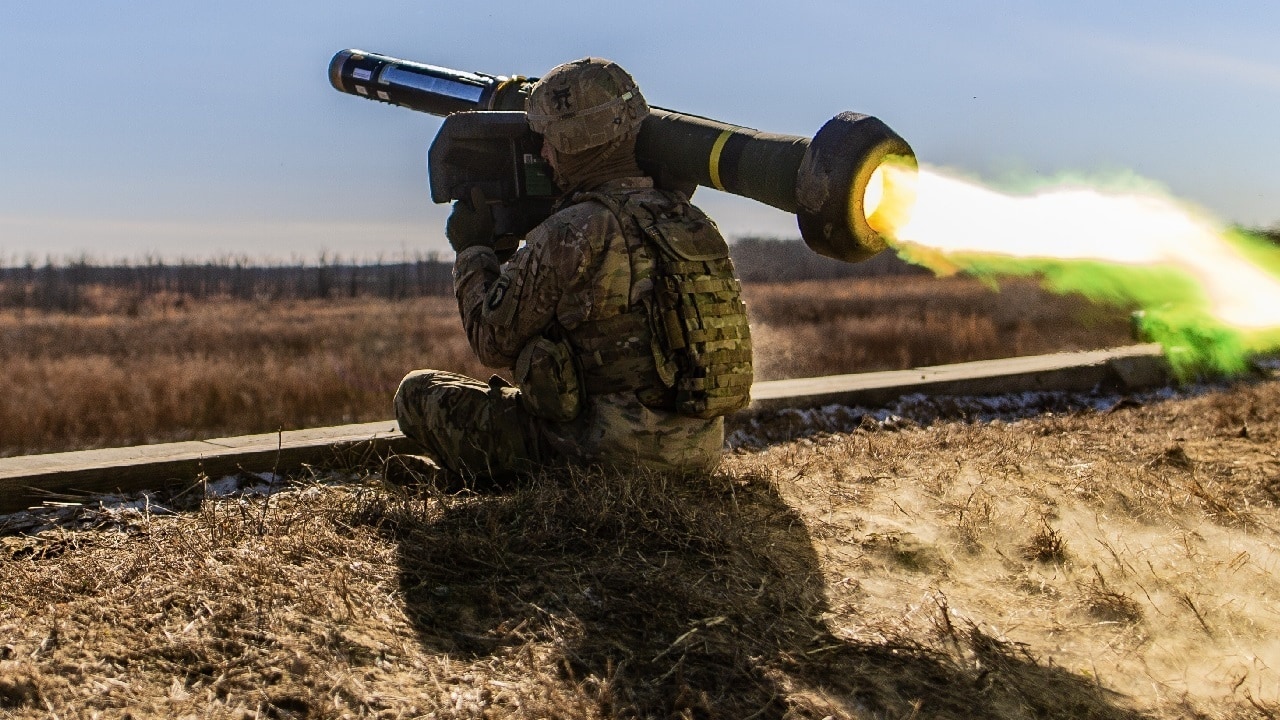Russia launched its biggest air strike campaign since the beginning of the war in Ukraine early on Monday morning, targeting the capital city of Kyiv, as well as Lviv, Ternopil, and Zhytomyr in western Ukraine.
Central Ukraine also came under fire, with rockets landing in Kremenchuk and Dnipro. Carnage was also seen in Zaporizhzhia and Kharkiv in the east. The world responded in horror as the strikes came thick and fast, killing at least 11 people in Kyiv as of Monday afternoon.
Ukrainian authorities told citizens across the country to seek shelter as the bombardment of rockets continued through the early hours.
The strikes were indiscriminate, targeting civilian infrastructure and residential buildings. Perhaps.
The most famous video footage of the attacks comes in the form of a video message that a Ukrainian teenage girl began recording as the strikes began. The girl can be seen walking and talking to the camera when a rocket lands just a short distance away from her. The flames and destruction caused by the rocket strike can be seen in the video as the young girl is thrown to the floor.
Strikes witnessed in downtown Kyiv showed the severity of the strikes, causing massive fireballs and smoke plumes from large buildings in the city center.
Shocking video footage of a missile strike in #Kyiv, #Ukraine, showing you a Ukrainian teenage girl heading towards school being nearly missed, by the impact of a long rang missile attack from #Russia from the black sea. pic.twitter.com/UWHwjZrq8G
— Sotiri Dimpinoudis (@sotiridi) October 10, 2022
Playgrounds and residential buildings were left in states of total disrepair by Monday afternoon, when street cleaners emerged from their shelters and began cleaning up some of the mess caused by the strikes.
Ukrainian President Volodymyr Zelenskyy recorded himself responding to the strikes while out in the street in Kyiv, telling viewers that Russia’s biggest ever drone and missile barrage was a sign that Russia knows the war in Ukraine is “hopeless.”
“They wanted to sow panic and chaos,” he said. “They are hopeless.”
Ukrainian Foreign Minister Dmytro Kuleba also responded to the attacks, accusing Putin of having only one trick up his sleeve; terror.
“Multiple Russian missile strikes across Ukraine. Putin’s only tactic is terror on peaceful Ukrainian cities, but he will not break Ukraine down. This is also his response to all appeasers who want to talk with him about peace: Putin is a terrorist who talks with missiles,” Kuleba said.
In a Telegram post, Kyiv Mayor Vitali Klitschko revealed that at least 45 residential buildings, five “objects of critical infrastructure and communal services,” three schools, two after-school clubs, one kindergarten, and five healthcare facilities were all damaged in Kyiv alone.
Why Putin Did It
Most of the drone and missile strikes that came in the early hours didn’t particularly aid the front line. The strikes have not allowed Russian soldiers to reverse the territorial losses seen in recent weeks, and have not stopped Ukrainian progress in the northeast and the southeast. Instead, the attacks appear to have been targeted at city centers and civilian infrastructure, including in some places that are not currently contested.
Strikes like these in central Kyiv have not been seen for several months, and the city is not presently occupied by Russian soldiers. So why did Putin do it?
There are at least three reasons why the Russian president could have launched these attacks, and we know one of them for sure. The Kremlin was responding to the recent car bomb attack on the Kerch bridge that connects Russia with the Crimean Peninsula.
In response to the Kerch bridge explosion, the Russian president said that there was no doubt it was a “terrorist attack aimed at destroying the critically important civilian infrastructure of the Russian Federation.” It’s important to recognize that the bridge was in use by the Russian military, allowing for important military equipment and supplies to be transported from Russia to the Crimean peninsula.
The Russian president reportedly told his security council that the strikes were “revenge” for Ukraine’s attacks on the bridge, and threatened to continue launching similar attacks if further “terrorist attacks” were carried out against Russia.
“If attempts to carry out terrorist attacks on our territory continue, Russia’s responses will be tough and will correspond in scale to the level of threats posed to Russia,” the Russian president said. “No one should have any doubts about this.”
Former Russian President Dmitry Medvedev also warned that the strikes were just the “first episode” of what’s to come for Ukraine in response to the bridge attack – a threat that seems to confirm another likely reason the Russian president authorized the strikes.
“The first episode has been played. There will be others,” Medvedev said on Monday.
Putin appears to be using the strikes as part of a campaign of fear, and an effort to scare Ukraine and NATO allies into stalling the recent and massive gains made by the Ukrainian military.
Through a combination of threats to use weapons of mass destruction, and a series of indiscriminate and unexpected attacks on major urban population centers, the Russian president seems to be hoping that a campaign of fear could be enough to offset his military’s weakness on the battlefield.
There could be a third reason why the Russian president chose to endorse these horrifying strikes on civilian infrastructure, too – and that’s to establish credibility for his threats to use nuclear weapons. In recent days, United States intelligence revealed that the Russian president has not yet made a decision to use nuclear weapons. The chances of using nuclear weapons, while elevated, also remain somewhat low given the consequences of launching such a strike on Ukraine or NATO territory.
Putin’s strikes on Ukraine on Sunday night and Monday morning, in hindsight, should have been expected. Russian forces continue retreating in many crucial territories in Ukraine, and the strike on Crimea’s Kerch bridge could have severely impacted Russia’s ability to supply its own troops not just in the Donbas, but also in occupied Crimea.

Russian tank firing. Image Credit: Creative Commons.
A loss not just in the Donbas but also in the Crimean peninsula would be catastrophic for Putin, an authoritarian leader who is, at this stage, literally fighting for his life and his political legacy.
Jack Buckby is a British author, counter-extremism researcher, and journalist based in New York. Reporting on the U.K., Europe, and the U.S., he works to analyze and understand left-wing and right-wing radicalization, and reports on Western governments’ approaches to the pressing issues of today. His books and research papers explore these themes and propose pragmatic solutions to our increasingly polarized society.

